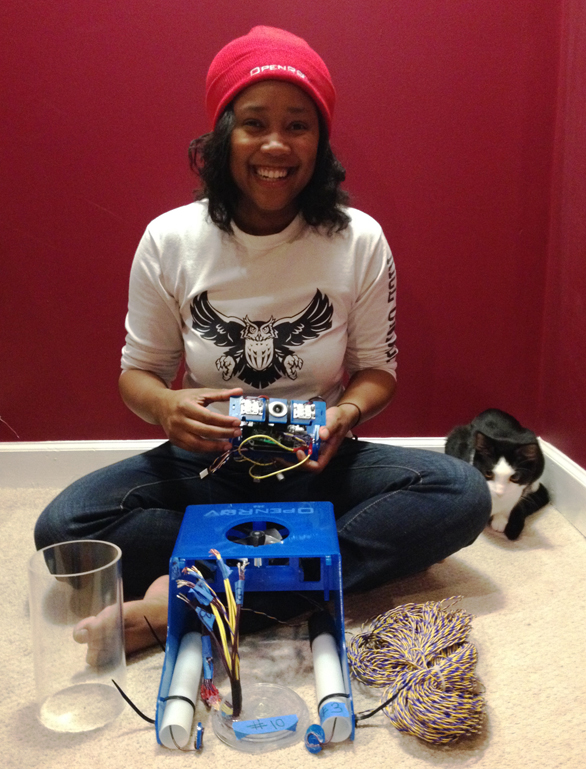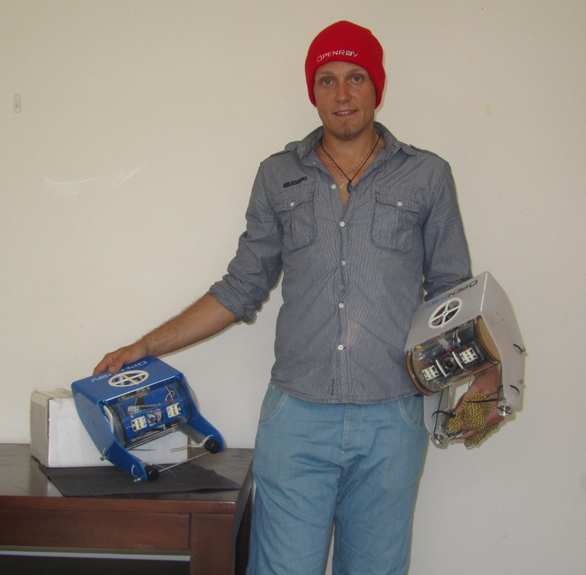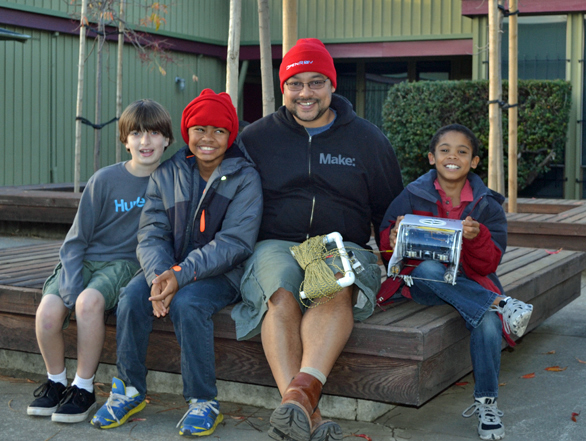To explore is human. It’s as basic as cooking and bathing, and as essential as song and dance. It’s not something that needs a lengthy explanation — whether you’re 3 or 103, it’s the tingly feeling you get in the bottom of your stomach when you venture into unknown terrain.
Across ages and cultures, there have always been explorers — the people who decided to follow that tingly feeling through mountain ranges, across the oceans and even into outer space. We come from a long line of wanderers who made it to the edge, wondered what lay beyond, and went to find out.
Popular culture might lead you to believe that the golden age of exploration is behind us — that we’ve made it to all the corners of the world, to the bottom of the ocean, and already put a man on the moon. But pop culture may also have lead you to believe that cable television has already captured the best of what the universe has to offer.
Wrong on both counts. In fact, we’re just getting started. We’re only at the very beginning of Exploration 2.0.
This new age of exploration is driven, not by cartoonish, stereotypical old men with bushy beards, but by teams of highly-skilled professionals and networks of talented amateurs across the globe. It’s powered by well-structured programs and by makers with access to cheap sensors and digital fabrication tools. It’s NASA’s Curiosity rover and Planet Labs “Flock 1” satellites. It’s James Cameron’s Deep Challenger and thousands of OpenROVs. It’s NASA’s Mohawk Guy … and you and me.
Exploration 2.0 means you’ll be able to read James Cameron’s Twitter messages from the bottom of the Marianas Trench, while simultaneously building an underwater robot in your garage to explore an underwater cave system. (An actual scene from my life last year.) It means seeing the latest Mars photos from Curiosity, and then going to Zooniverse to help identify new galaxies. New frontiers are still all around us. And with an internet connection, you’ve got a front row seat — as well as an invitation — to play a role.
Exploration 2.0 is social. It’s no longer about the lone adventurer. It’s about all of us, much more like Wikipedia than the Apollo missions, for example. If we’ve learned anything over the past decade, it’s that the internet has enabled a whole new way to do things — both collaborative and distributed. The new explorers aren’t just the famous names in National Geographic, they’re also the ones who want to be a part of something bigger. You may not recognize them, but here are some examples of the new faces of exploration:

Name: Leslie Bush
Age: 23
Location: Atlanta, Georgia
Exploring: “I’m currently exploring the Chattahoochee River and Georgia Coastline, but having an OpenROV encourages me to get out of my comfort zone and travel to exotic places I’ve always lusted after in documentaries, like the Galapagos.”

Name: Dominik Fretz
Age: 32
Location: Bondi Beach, Sydney, Australia
Exploring: “I’m a scuba diver and have always been curious about what is under the sea. I’m using my OpenROV to raise curiosity in non-divers by showing them what amazing creatures live underwater and how delicate this ecosystem is.”

Name: Jessica Murray
Age: 34
Location: Providence, RI
Exploring: “I originally built the OpenROV to conduct research on meromictic lakes for my MFA thesis at the Rhode Island School of Design. The bottom layer of a meromictic lake is oxygen depleted, and I’m interested in the mutations and adaptations that have allowed organisms to survive in that environment — from real organisms like purple sulfur bacteria and living fossils like bowfin, to legendary lake monsters.”

Name: Thomas Søfteland
Age: 30
Location: An island called Sotra just outside of Bergen, Norway.
Exploring: “During WW2 there was a lot of activity in the Bergen area, and a number of german U-boats were sunk. I’m looking for them with my kids (ages 2 and 6).”

Name: Brian Adams
Age: 40
Location: Oakland, CA
Exploring: “I am enchanted by the notion that past civilizations have something to offer us. The rash of discoveries of underwater ruins and cities in the Gulf and off the Egyptian coast have stories that are yet to be told. Not now, but in the future I will be able to drive an ROV to explore those structures. Today I am laying the footwork for that journey by fanning the flames of curiosity in my boys through the hands-on constructions of real life robots that they can control and extend that do real world exploration. No matter who you are, that is simply cool.”
This is just a glimpse at the changing nature of exploration. There are hundreds of other individuals and groups springing up around the world, and doing everything from monarch butterfly monitoring to crowdsourced radioactivity tracking. They’re using new tools — everything from DIY drones for conservation or ultra-low cost spectrometers — that don’t require a research grant, just access to the growing network of makerspaces around the world.
We’re entering a golden age for curiosity. What will you explore?
Comments (4)
Pingback: The changing face of exploration